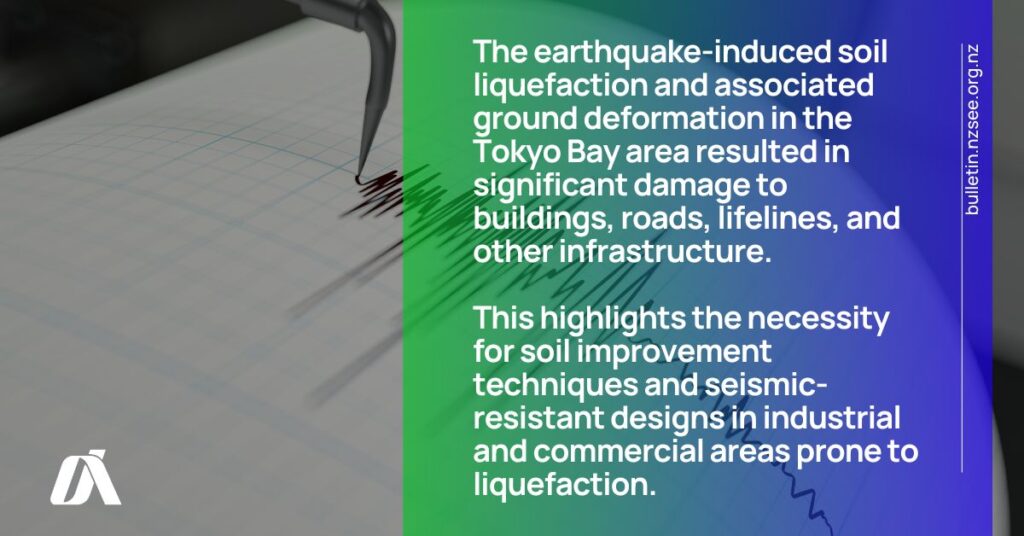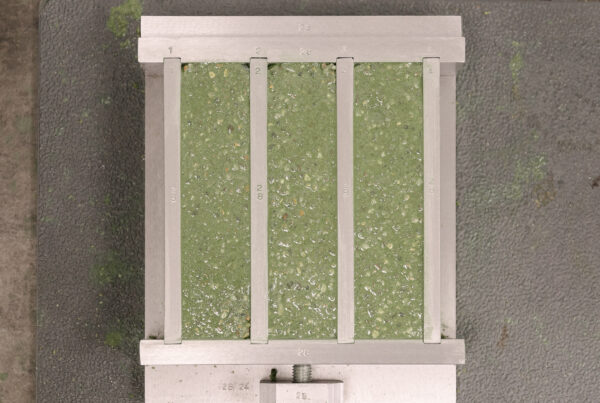In our increasingly interconnected world, the resilience of our infrastructure is so important. Particularly in earthquake zones, where the earth’s tremors can spell disaster for buildings and machinery.
Earthquake zones, scattered across the globe, are areas where the earth’s tectonic plates interact in ways that frequently produce seismic activity. These zones are not just limited to the well-known Pacific Ring of Fire but also span across continents, affecting millions of people and the infrastructures upon which they rely.
In the face of such potent natural forces, traditional construction methods and materials often fall short. This is where innovative solutions like epoxy grout come into play.
Epoxy grout, known for its high strength, durability, and resistance to chemical and environmental degradation, offers a promising avenue for stabilising foundations and securing heavy machinery in earthquake-prone areas. Unlike traditional grouting materials, epoxy grout forms a rigid, impermeable bond that can significantly enhance the structural integrity of buildings and installations, making them more resistant to the stresses and strains induced by seismic activity.
Understanding Earthquake Zones
Earthquake zones are specific areas on Earth’s surface where seismic activity, resulting from the movement of tectonic plates, is particularly frequent and intense. The boundaries where these plates meet are hotbeds for seismic activity, leading to the formation of earthquake zones. These zones are typically classified based on their geographical location, the frequency of seismic activity, and the potential intensity of the earthquakes they can produce.
The classification often ranges from low to high seismic risk areas, with high-risk zones located along active plate boundaries. For instance, the Pacific Ring of Fire is notorious for its frequent and powerful earthquakes due to the numerous plate boundaries it encompasses. Other notable earthquake zones include the Alpide belt in Europe and Asia, and the Mid-Atlantic Ridge.
The frequency and impact of earthquakes within these zones can vary widely. Some areas may experience small tremors regularly without much damage, while others may face devastating earthquakes less frequently but with far-reaching consequences.
The impact of these seismic events on infrastructure can be catastrophic, leading to the collapse of buildings, bridges, and roads, and causing significant loss of life and economic disruption.
Real-life examples of major earthquakes that have had profound effects on infrastructure include the 2011 Tōhoku earthquake in Japan, which led to the Fukushima nuclear disaster, and the 2010 Haiti earthquake, which resulted in immense loss of life and widespread destruction of buildings and homes.
The Vulnerability of Foundations and Machinery
The stability of buildings and machinery rests quite literally on their foundations, which bear the full brunt of seismic forces during an earthquake. When the ground shakes, it can move in all directions: up and down, side to side, and even in a circular motion. This multidirectional stress can severely test the integrity of any structure or installation.
For buildings, the primary concern is the foundation’s ability to absorb and redistribute these forces, preventing the structure from collapsing. Heavy machinery, often crucial for critical operations within various industries, faces similar challenges, as their anchoring systems must be robust enough to withstand seismic forces.
Common issues that arise in foundations during and after seismic activities include cracking, settlement, and liquefaction—a phenomenon where saturated soil temporarily loses strength and behaves like a liquid. These issues can compromise a building’s structural integrity, leading to tilting, structural damage, or in severe cases, collapse.
For heavy machinery, the risks include displacement or misalignment, both of which can cause operational failures, damage to the machinery itself, and pose safety hazards to operators.
The 2015 Nepal earthquake showcased the devastating effect of seismic forces on both historical and modern structures, with many buildings collapsing due to inadequate foundations ill-suited to absorb the seismic energy. A total of 498,852 buildings collapsed, and 256,697 were partially damaged, with both structural and non-structural damages observed across prevalent structural systems. The urgent need for building code revision and the development of proper strengthening techniques was highlighted as a lesson for Nepal.
In the industrial sector, the repercussions of seismic activity can also be significant. For instance, during the 2011 Tōhoku earthquake, manufacturing plants and facilities experienced disruptions due to damaged machinery and infrastructure. This not only halted production but also highlighted the need for seismic-resistant designs in industrial applications. The earthquake-induced soil liquefaction and associated ground deformation in the Tokyo Bay area resulted in significant damage to buildings, roads, lifelines, and other infrastructure. This highlights the necessity for soil improvement techniques and seismic-resistant designs in industrial and commercial areas prone to liquefaction.

These examples underscore the importance of designing and reinforcing foundations and machinery to withstand seismic forces, especially in earthquake-prone areas.
Application of Epoxy Grout for Earthquake Resilience
The use of epoxy grout for earthquake resilience offers significant long-term benefits. Its exceptional adhesive strength and resistance to compression make it an ideal material for withstanding the dynamic loads imposed by seismic activities. Unlike traditional cementitious grouts, epoxy grout is impervious to water and chemicals, preventing the ingress of harmful substances that can weaken the foundation over time.
Furthermore, the flexibility and toughness of cured epoxy grout accommodate minor movements within the structure without compromising its integrity. This elasticity is particularly valuable in earthquake zones, where structures must be designed to flex and absorb seismic energy rather than resist it rigidly.
For all your epoxy grout needs, contact Alphatec Engineering today!




